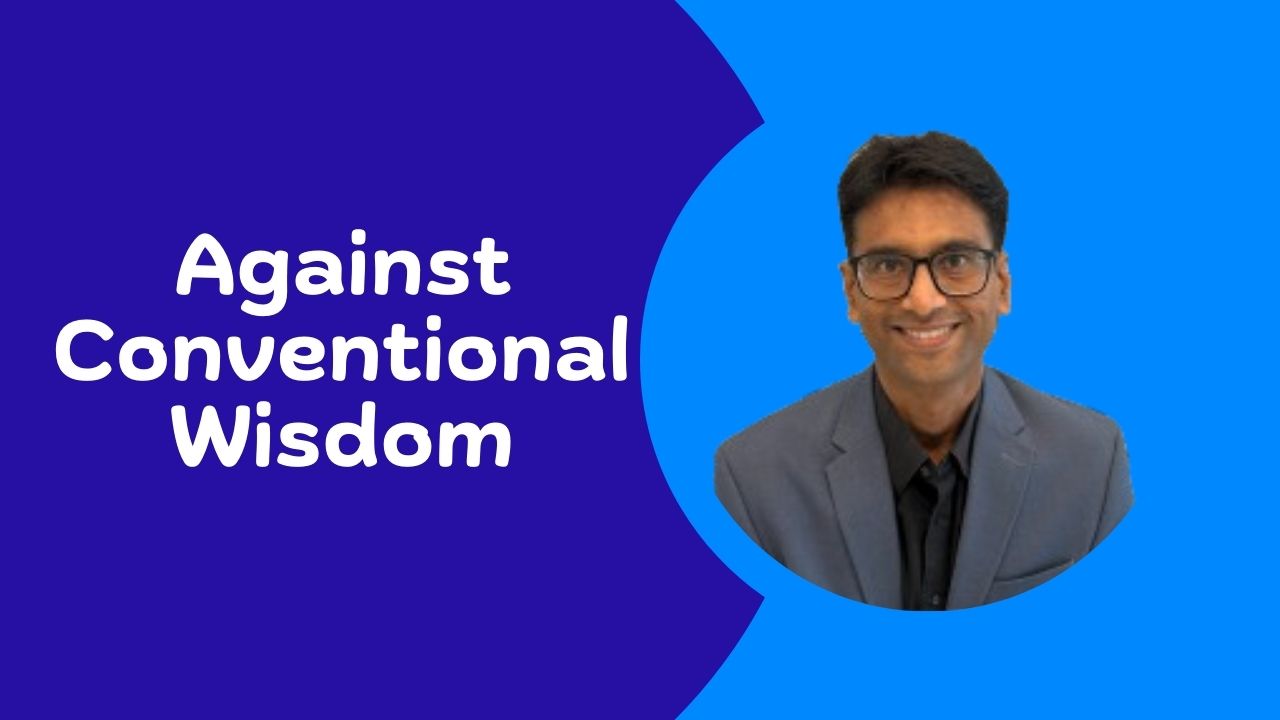One of the things that absolutely fascinates me is our obsession with productivity. And this obsession almost always leads us to feel guilty about not being busy all the time. I have written about being happily busy (another way to say unhurried productivity, but unhurried productivity sounds much better) here.
Digby Scott has created a model that simplifies an important and complex idea is a very simple way. I highly recommend that you read the post by Digby on his blog here.
You can read more about his experiment here and what he hopes to learn from it. He has also been posting daily updates on Youtube.
One of the things that absolutely fascinates me is our obsession with productivity. Here is the model that Digby eventually leads us to.
In short, this model compares and contrasts how we feel (hurried or unhurried) and how productive we are. The blue circle is the good thing about being in that quadrant and the red circle is what is bad about being in that quadrant.
The insight here is that we cant always be in one quadrant. We keep moving between them all the time. The flow that Digby shows using the white arrow is the ideal way to move between the states to achieve “Flow” as defined by Mihaly Csikszentmihalyi.
My insight here is that in order to use this model in our own lives, we need three things to come together.

Awareness & Acceptance:
The first thing in any process of improvement is to be aware of where we are and accept the reality as it is. This awareness and acceptance gives us the choice to make a change. In Digby’s model, it is realising, in any given moment, which quadrant and are we in. Also, within the quadrant are we in the blue circle or the red circle. Once we are aware of our position within the model, we need to accept that reality.
Intention:
Once we are aware of our position in the model, the next step is to make a decision on what is our intention. Where do we want to move next. While Digby shares his ideal path to flow, it need not be the path that we need to be on all the time. It can be as simple as deciding to move to the blue circle from the red circle within the quadrant or to move to the adjacent quadrant. This intention leads us to make a choice and decide what we want to do, in the given moment.
Movement:
Once the intent is clear and the decision made, we now need to do something about it. We need to take action. The action should move us in the direction that we want to move into. The intention can be realised in many ways. What we need to do is pick the actions that can move us in the direction we want to move into and at the pace that we want to move. Sometimes, we might have to take strong action and sometimes we can be a bit more slower and deliberate.
In conclusion:
I believe we will do ourselves a big favour if we come back to Digby’s model and go through the Awareness –> Intention –> Movement path, almost every day, every week, every month, every year and even every decade. This level of awareness about ourselves is super critical, specially if we are or aspire to be leaders.
Being a leader is all about taking responsibility and a way to take responsibility is to always be aware of where we are going and be intentional about the same. I sincerely hope and pray that all of us who are and want to be leaders build this capability. And my sincere and heartfelt thanks to Digby Scott for creating and sharing the model.



